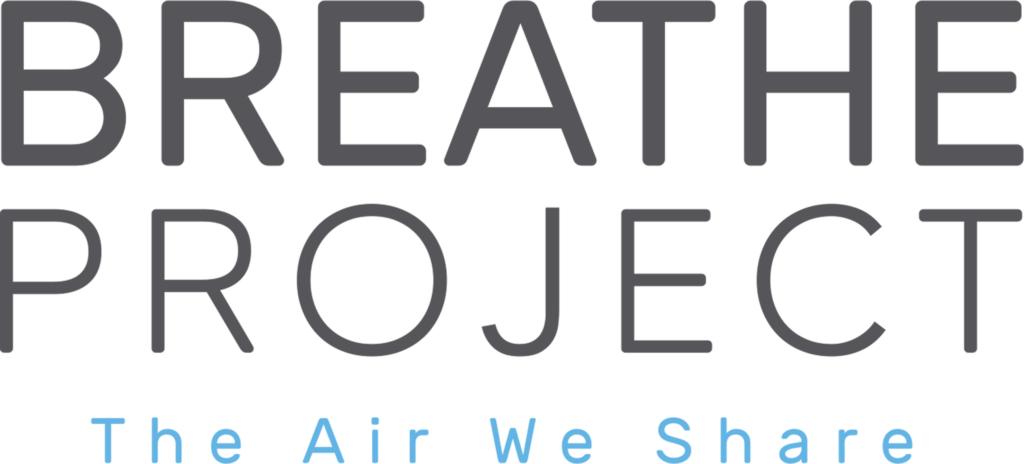By Rachel Filippini, Executive Director, Group Against Smog and Pollution (GASP) and Matthew Mehalik, Ph.D., Executive Director, Breathe Project.
GASP and the Breathe Project are organizations working to improve air quality in Pittsburgh, Pennsylvania. This guest blog represents the views of the authors.
Last month, the American Lung Association’s annual “State of the Air” report found that Allegheny County, Pennsylvania—the home of Pittsburgh—was one of only 13 counties in the United States to earn failing grades for long and short-term exposure to fine particulate matter (PM2.5) and ground-level ozone. Despite the 2021 report noting the best scores the Lung Association has ever calculated for our region, these low rankings are a stark reminder that significant work remains to be done.
And that work must be done.
The reason is simple: behind all the statistics, analysis, data and research that went into this report, poor air quality still makes life difficult, if not miserable, for far too many residents— friends, family, neighbors and ourselves.
There is no escape from the daily onslaught of awful air quality in fenceline communities – or neighborhoods that are immediately adjacent to sources of pollution. Awful odors, headaches, burning eyes, more coughing, wheezing, asthma attacks, hospital visits, heart attacks, strokes, sleepless nights, staying indoors on what are otherwise beautiful days… these are just a few of the impacts residents endure.
But don’t just take our word for it. In comments submitted to the Allegheny County Board of Health (ACHD) regarding draft regulations for coke oven, which are used to convert the coal into industrial coke, a fuel used in the smelting of iron ore, one Pittsburgh resident wrote:
“The emissions from the coke works contribute to a pretty substantial reduction in our quality of life in Pittsburgh. I shouldn’t have to check the AQI indicators before sending my kids outside to play, particularly during a pandemic. I shouldn’t have to figure out which vented N95 masks work for going running so that I can do so without coughing.”
Another commenter—this one a medical doctor from the Golden Triangle neighborhood of Pittsburgh—shared similar concerns:
“As a physician who has been working as a general internist in Pittsburgh for 21 years, it pains me that I will often consider the neighborhood a patient with pulmonary disease lives in when trying to understand the cause of their respiratory symptoms and to make recommendations for improvement. People living in Clairton and Braddock, exposed to toxic fumes from the coke ovens, often have significantly more respiratory issues; including COPD, wheezing, need for ER visits and need for potentially harmful steroids, just to be able to breathe, work and play.”
These comments remind us that while we’ve largely moved past Pittsburgh’s “hell with the lid off” days, we still have so much work to do. We know more now about the threat air pollution poses than ever before. Since the 1948 killer Donora smog incident, medical and scientific research has shown—continually, and in ever-increasing detail—that air pollution is a direct threat to human health.
Living in communities with poor air quality can not only exacerbate existing health conditions but also serve as a contributing cause of the condition itself. Research shows children exposed to high concentration of fine particulate matter pollution—known as PM2.5—near industrial point source pollution in parts of Pittsburgh increased their odds of developing asthma by 58 percent compared to children living in areas with lower PM2.5 levels.[1]
One aspect of PM2.5 that makes it so dangerous is that the particles are small enough to bypass many of the body’s natural defense mechanisms, making it capable of harming not only the lungs but heart, brain and other organs. Researchers have found chronic health effects[2] and acute health effects[3] with no apparent lower bound. This means that the healthiest option will always be to reduce exposure as much as possible. In other words, there is no such thing as an ideal level of this pollutant.
But for all we’ve learned over the decades about the impacts of air pollution, the universal truth is that there are identifiable populations who bear disproportionate risks from exposure to air pollution. Across the 12-county Pittsburgh-New Castle-Weirton area, there are over 39,000 children with asthma; 229,000 adults with asthma; 161,000 people with chronic obstructive pulmonary disease (COPD); 205,000 people with cardiovascular disease; 283,000 people living with low incomes; and 367,000 people of color.[4]
Not only environmental justice but basic human decency demands we take action. Fortunately, there are actions we can take today to improve our region’s air quality and help protect the health of those who are impacted by it:
First, we need to listen to and amplify the voices of people who are regularly subjected to ongoing pollution events—putting regional leaders on notice that they must do more to improve our air quality.
Second, we need officials at the federal level to set more health-protective standards for PM2.5. A clear consensus of evidence[5],[6] points to the benefits of reducing emissions of fine particle pollution—doing so could save thousands of lives and reduce the pollution burden on our most vulnerable friends and neighbors.
Third, we must make common-sense changes to ensure the local rules protecting public health from corporate polluters are as strong as possible. We’re talking about coke oven regulations that will stop unintentional leaks of harmful emissions. We’re talking about rules to address temperature inversions (when a layer of cold air and pollution from local sources is trapped by a layer of warmer air) that exacerbate pollution events. We’re talking about permitting fees that appropriately fund enforcement and compliance work and fines for violations in amounts that drive polluters to fix and maintain their facilities or close them.
Finally, in addition to increasing official air pollution monitoring, decision-makers must evolve with the times so that they assess information stemming from new, reliable and informative sources of technology already being used by citizen scientists. This technology includes low-cost sensors; apps for reporting smell events; camerasproviding emissions data; and data dashboards that illustrate pollution events when they occur.
We’ll never know the full toll our Smoky City days took on the health of so many local residents. But we know so much more now, and ignoring these risks, especially to those most vulnerable among us, will be a shame on our region and country.

